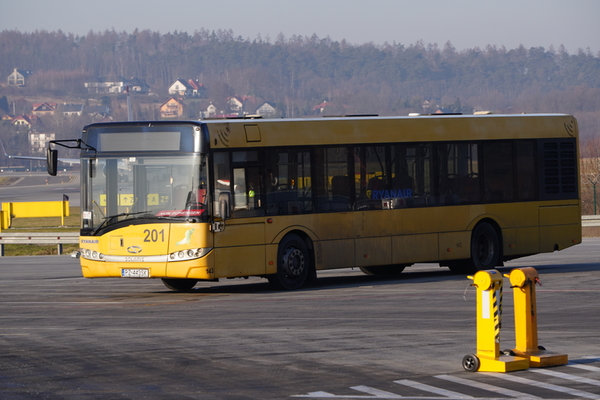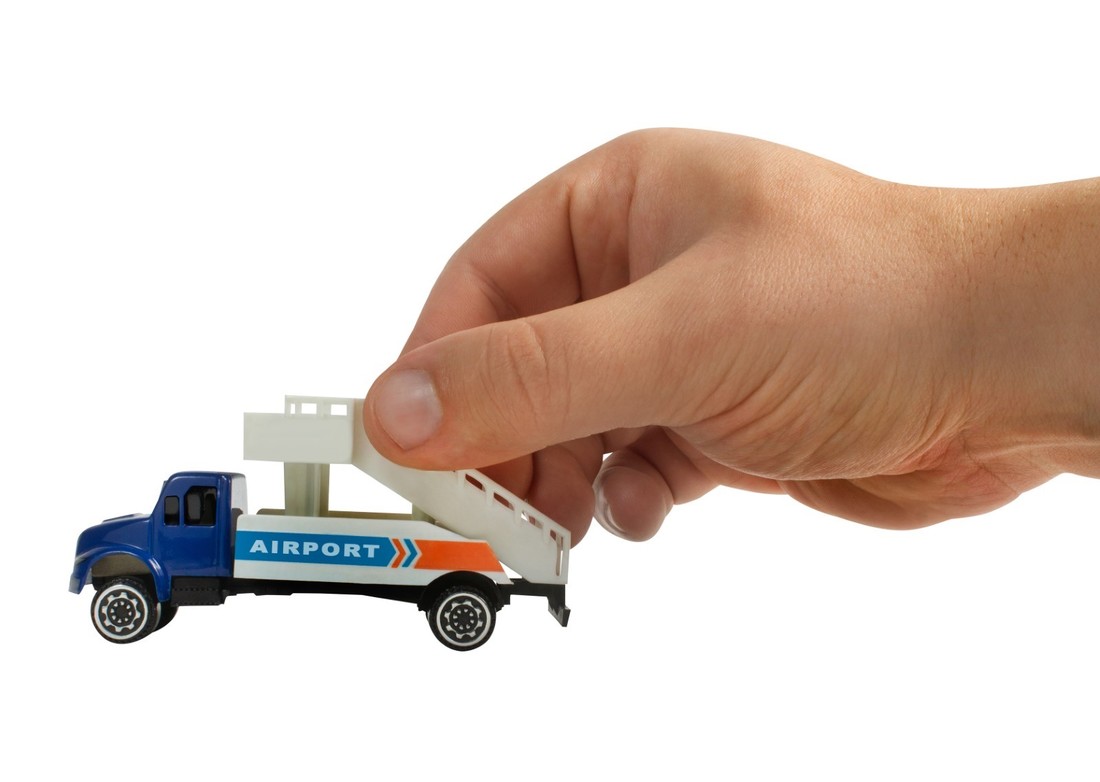
The US Department of Transportation oversees the implementation of safety regulations and safety improvements. Its goal is to ensure that limited funds are used where they have the greatest safety impact. This study examines the new regulations and other responses (such as recalls), to fatal accidents in a variety of modes of transportation, from 2002 to 2009. The amount of regulatory spending in safe modes of bus and commercial aviation is higher than the number of fatalities. This contrasts with the regulatory attention given to less safe modes of general aviation or private cars. We also study two fatal accident investigations involving commercial aviation, and two major recalls of automobiles that were involved in fatal accidents. These reactions have different costs. We found that the cost per fatality for airline accidents investigations is lower than the other types. We observe both trends in the aviation and automotive sectors that suggest that public transport receives more regulatory attention than private transport. We also see that different types of safety measures, investigation versus regulation, are effective in different modes of transport. These differences may indicate a higher public demand for safety in modes in which a third party could be held accountable, even if they are not involved in transportation. These findings are important for policymakers and the transportation industry. They also help to estimate the public demand for safety when new modes of transport are developed.
Despite significant improvements over the past decade, travel-related fatalities remain a leading cause of accidental death in the United States. One of the most important constraints to safety performance is cost. The US Department of Transportation has recently established a guideline for the value of statistical lives at $9.1million. These constraints are designed to avoid an undue financial burden for individual travelers and commercial transport, while also ensuring funds are not allocated too much to one issue but distributed across multiple risk sources.
This paper examines the cost of US federal regulations to improve safety in different modes of transportation such as commercial air carriers, air taxis, general aviation, commuter, and private vehicles, and buses. This survey will reveal how resources are allocated to different modes of transportation. We will investigate whether safety demand varies between modes of transportation and if so why. To determine whether their solutions are cost-effective, we also examine four important transportation safety cases, two from aviation commercial and two from cars. Each case is based on a system design defect, such as a manufacturing or maintenance error, that could have led to fatal accidents. The break-even point is determined by the likelihood of a fatality before the safety improvements necessary to justify the investment. This demonstration will show the cost-effectiveness of the current safety improvement cycle for civil transportation.

Numerous studies have been done in the past to examine the effectiveness of safety improvement investments. Viscusi, Aldy give a comprehensive overview of the various factors that affect statistical life's applied value. Morrall, Tengs, et al. Both provide an analysis of the cost-effectiveness and potential lifesaving measures in various fields. Cropper and Portney discuss the challenges faced by policymakers and regulators when trying to determine the cost-effectiveness of new safety measures. Graham and Hammitt highlight the difficulties in assessing respondents' willingness to pay safety costs, especially in the event of extremely unlikely events. Arrow et al discuss the various ways cost-benefit analysis can be used to inform policy decisions.
Since its inception, air travel has seen many advancements in safety technology. Safety enhancements in aviation are not just due to technological advancements, but also incremental design improvements that result from accidents. Numerous epochmaking incidents helped to improve the safety system. For example, the repeated De Havilland Comet accidents in the 1950s led to the recognition and acceptance of metal fatigue. Because of the possibility of hundreds dying in one accident, aviation accidents are well-known. Past research into the economics and safety of aviation has shown that the market does not offer enough incentives to improve safety. This was primarily due to public concerns about the deregulation of airlines in the U.S. in 1978. Safety measures that are mandated by law and government regulations are an important incentive to improve safety in air travel.
In recent years, private automobiles have seen an increase in safety. Safety features like seat belts, airbags, and other safety features have been standard on new vehicles. Campaigns for seat belt use and laws that require it have helped reduce the number of fatalities. Since 1979, the National Highway Traffic Safety Association has been performing crash tests. This allows for objective measurements of safety and facilitates competition among auto manufacturers regarding safety performance. Driver behavior has been a major problem in improving highway safety. This includes speeding, impaired driving, and distracted driving. Local governments invest heavily in driving safe driver behavior. Commercial air travel has a stricter enforcement policy for pilot training and responsible behavior. A small number of highly-trained pilots are subject to greater oversight from the FAA than the standards for private car drivers. This paper's outline is: First, we review relevant safety-related transportation data from 2002 to 2009. The US Office of Management and Budget estimates the cost of each transportation mode's regulations. We then give an overview of their costs. To determine their cost-effectiveness, we next examine four safety interventions: two investigations into commercial aviation accidents and two private recalls of automobiles. We discuss the results of these studies and how they might impact future transportation innovations like driverless cars.
The report also contains safety statistics on highway transport. These statistics allow us to distinguish between private automobiles (cars and SUVs as well as motorcycles and light trucks) and buses. We rely on estimates from surveys to estimate the number of passengers in private transport. The 2009 National Household Travel Survey provides estimates of passenger numbers and travel distances. From these estimates, we can calculate total departures and passenger miles. The annual FAA General Aviation Activity Survey and Part 135 Activity Survey provide estimates of total departures for general aviation and air taxi operations. There is no data on the average number of passengers traveling on these trips so we use ranges of load factors for computing passenger miles.
